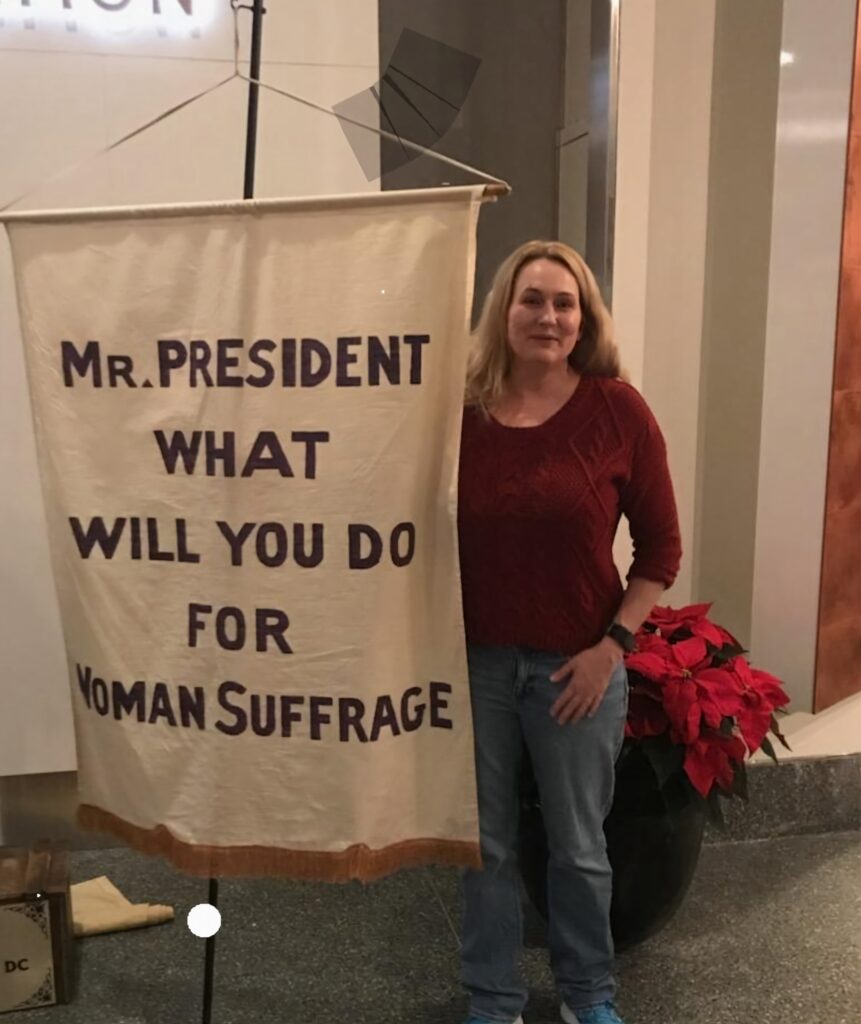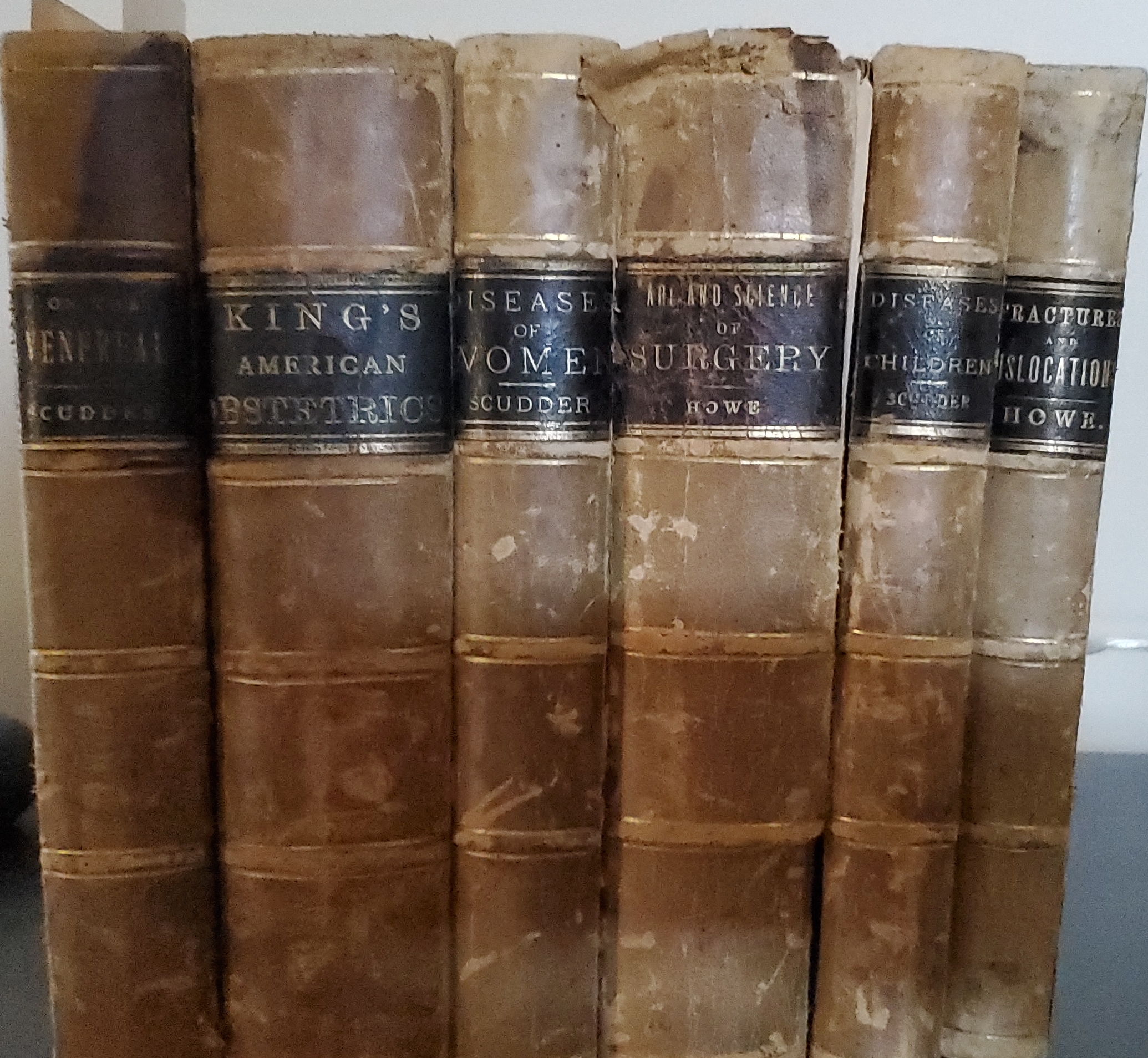History teaching has its own history, and this week’s readings on the evolution of teaching history is even more important today. History teaching is in a precarious position as some states are trying to censor the teaching of history as it pertains to slavery and harkens back to a memory type of history teaching associated with nationalism. Key concepts for historical thinking include an in-depth analysis of the range of primary sources around the event, or person, or historical period.
“Stretch our imagination and embrace ideas that are an anathema.” [1] This is a crucial concept about learning how to analyze primary sources within their context. Teaching how to read primary sources and analyze primary sources, like journalism and media, within the context of the time is essential. This type of historical thinking does, at times, feel like science, as proposed by Ranke. [2]Reviewing as many primary sources as possible and not reviewing any secondary sources for twentieth-century events is somewhat impossible and untenable. Historical thinking can be directed depending on the level of the student. What works for a middle school student will not necessarily be the same as a college student. Teaching historical thinking can be directed by research questions. [3] This technique can be tailored and helps the student.
Three questions I have about historical thinking and teaching include: How do I develop historical empathy for the side I don’t agree with? Like the anti-suffragist movements by women? I am not sure how to answer that question, but with the research of the primary sources of the period, I hope to figure it out and present their side from the primary sources The second question is an easier one, how do we not return to the memory tradition in history teaching? The disciplinary practice of researching multiple primary sources and critical research questions to students helps teach how to think historically rather than the memory tradition. The third question is how to help people question the narratives already written and get excited or interested in topics that have been reviewed or known in USA history? Digital humanities can be a way to add a new way to teach in a topic that people have a basis of knowledge like the declaration of independence or the abolition of slavery.
[1] Sam Wineburg. “Thinking about Historical Thinking.” Interview.
[2] Lévesque, Stéphane. Thinking Historically. 35. Toronto: University of Toronto Press, 2008
[3] Lévesque, Stéphane. Thinking Historically. Chapter 6. Toronto: University of Toronto Press, 2008

